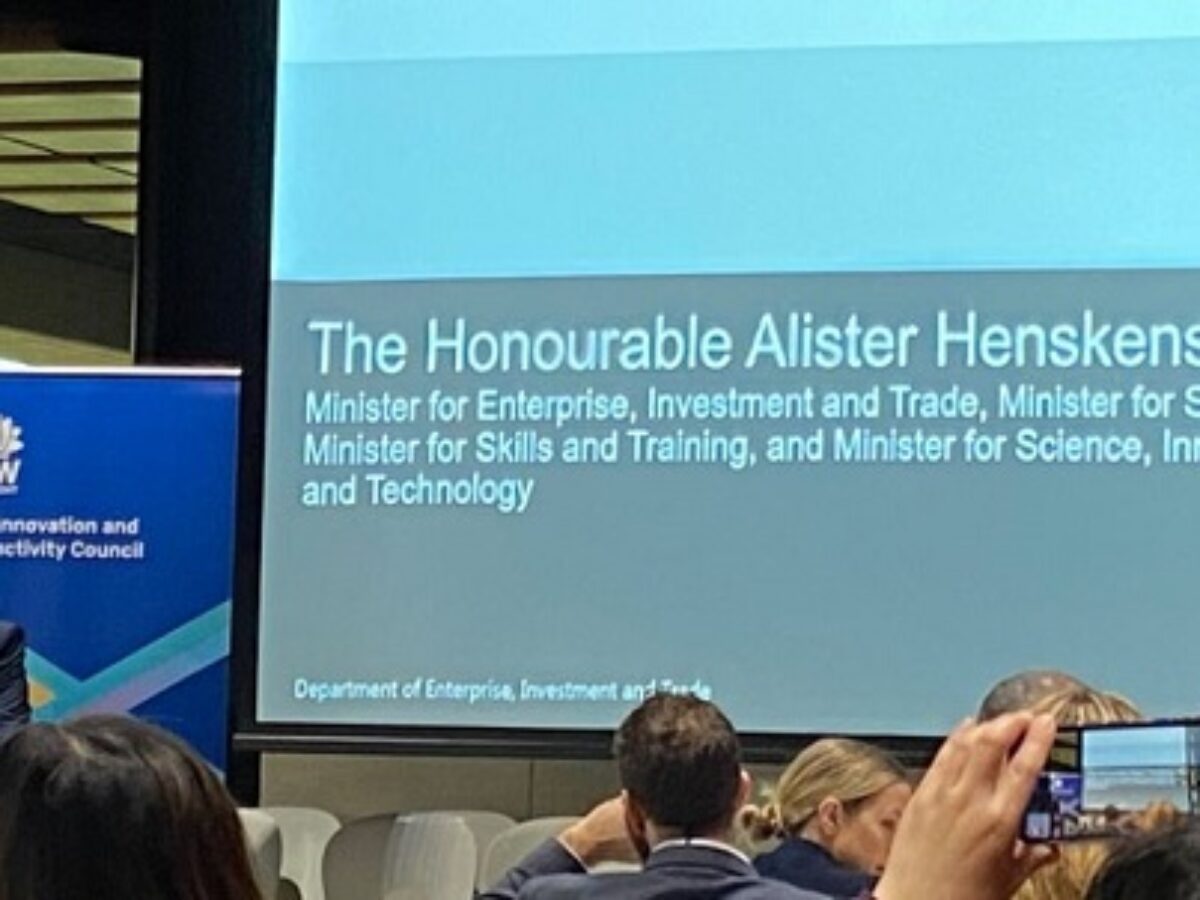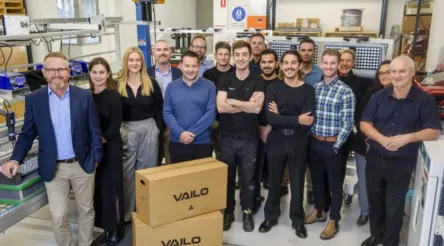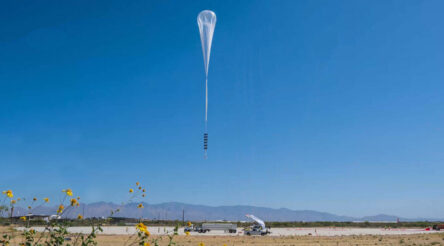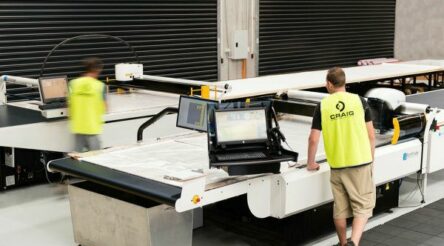Innovation precincts deliver outsized benefits – NSW government report

Successful innovation precincts deliver outsized economic and productivity benefits for government, businesses, investors and workers according to a new report from the NSW Innovation and Productivity Council.
The report, NSW Innovation Precincts: Lessons from International Experience, identifies the economic benefits of innovation precincts which include higher than average productivity, greater resilience to economic downturns and better leverage of government investment in major assets.
Often forming around major public sector facilities such as Sydney’s Westmead Hospital or the Australian Nuclear Science and Technology Organisation’s Lucas Heights facility, concentrations of research and industry can also deliver higher wages and quality jobs for workers, superior products for consumers and higher tax revenues for government.
“The clustering of industries in precincts facilitates collaboration, knowledge flows and knowledge spillovers between industry, researchers and entrepreneurs, which plays a critical role in increased levels of innovation, particularly for new ventures.”
The report, released by NSW enterprise, investment and trade minister Alister Henskens, said the proximity of innovative companies with each other, institutions and investors, as well as co-location with incubators, accelerators and anchor tenants enhanced collaboration.
NSW boasts a number of innovation precincts including around sectors such as healthcare, scientific instruments, finance and business services, biopharmaceuticals, defence, software and communications, agtech, engineering and creative industries.
A major new precinct, Sydney’s Tech Central is being positioned as Australia’s answer to Silicon Valley and is centred on new facilities for tech giant Atlassian, while precincts are also planned for the new Western Sydney Airport.
As well as place-based advantages, innovation precincts, according to the report, also need:
- Market drivers stemming from strong demand for goods and services produced
- Clearly defined competitive advantage or sector specialisation as well as branding to attract talent
- Facilities and programmes to support collaboration between diverse organisations
- Physical, transport and digital infrastructure to support research, innovation and connectivity
- And robust governance. strong leadership and a shared vision.
Precincts also need to be vibrant locations to attract staff and a strong entrepreneurial and risk-taking culture.
However the report also said that the complex mix of stakeholders, economic drivers and local factors needed for innovation precincts to succeed made them particularly vulnerable to the market failures that hinder innovation generally.
“The tendency for firms to under-invest in innovation, the information gaps between investors and startups, or between business and knowledge institutions, and the governance and coordination failures within and between stakeholders in the innovation ecosystem can all keep a precinct from reaching its potential.
“This report encourages better coordination between stakeholders.”
Picture: Investment NSW
Topics Manufacturing News Technology
@aumanufacturing Sections
Analysis and Commentary Awards Defence Manufacturing News Podcast Technology Videos










